The TOP Things You Need to Look for When Buying a Home

Buying a home is a huge investment. With your time, money and interest.
You do not want to dive into something without fully knowing what you are getting yourself into.
That’s why it is extremely important to take your time when buying a home.
Buying a home requires patience, financial stability and a detail-oriented eye.
You will be looking at several houses that offer different financial responsibilities and amenities.
Before you start picturing yourself whipping up pancakes in the kitchen or gathering around the family room with your loved ones, you better take a few or several hundred laps around the house.
Imagining yourself in the home is a big selling point, however, there are many other things to factor in when choosing if this is the right home.
Don’t know what to look for?
No worries!
We’ve complied the ultimate list of the top things you need to look for when buying a home.
With this guide, there is no way you will make an offer on the wrong home.
Smells and Stains
When walking through a home, be sure to take note of the smell, good or bad.
If the scent appears to be alluring and relaxing, that can be used as a pro.
However, if the smell is strong, aggressive or causes a headache, the current homeowners may be trying to hide something.
Be aware of what items they are using to enhance the smell of the home, whether that is candles, air fresheners or potpourri.
If they have too much going on, it can create suspicion of what the house smells like naturally.
Also, be sure to pay close attention to the walls and ceilings.
These areas don’t lie.
They can show signs of previous damage, such as flooding, cracks or pet related accidents.
Stains have the potential to leave a permanent mark if not treated properly.
You do not want to move into a home where the previous homeowners neglected their property.
If you find a stain in one area, odds are, there is another one not too far away.
Tiling
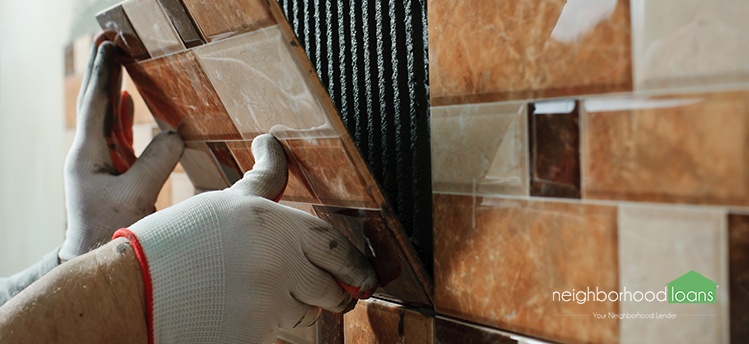
Inspect the tiling job done in the kitchen, bathrooms or laundry room.
Look closely at the spaces between the tiles and the quality of the overall space.
If the gaps between the tiles are inconsistent or it seems uneven, this can be assumed this was a home project.
Sure, do it yourself projects save people a ton of money, however, it can end up being costlier to fix those mistakes.
Before falling in love with a home, be sure to look at the small details because those are the ones that can rack up a nice bill of repairs.
Foundation
Do not freak out if you see a miniscule crack at the base of the home.
This is normal.
Most homes have hairline cracks, which means the home is settling into its roots.
However, if there are larger cracks and gaps, this can indicate the home has foundation issues.
This is the part where you can panic a little.
You do not want to move into a home where it cannot physically support itself.
Other red flags for foundations issues include the following: sticking doors and windows, cracks above or below window frames and uneven floors.
Deferred Maintenance
As a homeowner, you cannot ignore the responsibilities a home requires.
Whether that may be cleaning out the gutters, changing the air filters or fixing other as needed issues, a home needs constant care.
When walking through a home, it can be a little tricky to evaluate if the current homeowner took care of those things.
But, there are other things to look at to help you figure out if they neglected their home or not.
For example, look for burned out light bulbs, leaky faucets or faded paint on the walls.
This signals the current homeowners are careless and oblivious that their home needed attention.
If they failed to take care of these low-maintenance issues, there might be hidden, larger and costlier problems.
Heating and Cooling Systems
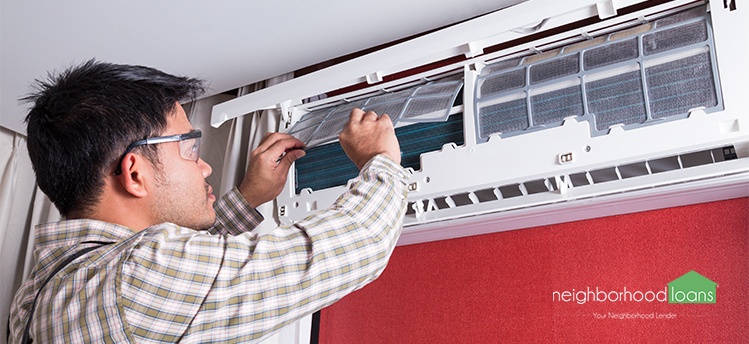
If you are looking at a home that has cold winter nights or hot summer days, a functioning heating and cooling system is a must.
Not only will this crucial amenity make your life easier, it will also save you money and time spent installing one.
If a home does not have a central heating or cooling system, it can can make summers and winters unbearable.
Finding a home that already has this necessary function is an important feature to consider when buying a home.
In addition, finding a home with an automatic thermostat will be beneficial as well.
This handy feature allows you to preset temperatures throughout the day.
Why is this helpful?
Well, by programming temperatures, you can save money on your electric bill.
You can set the thermostat to a comfortable degree when you are home, but when you are away at work, depending on the season, you can automatically raise or lower the temperature.
Why pay extra for heating or cooling when you are away at work for an extended period of time?
Plumbing
This may be a no-brainer, but it is extremely important to test the plumbing in the house.
You can do this by testing the faucets, showers and toilets.
Checking underneath and inspecting the pipes can also help decide whether the plumbing is up to date.
Examining the plumbing can also help you better understand the overall condition of the home.
Plumbing maintenance is not always the easiest issues to repair, but can definitely create a costly bill.
To avoid an expensive bill right up front, check the home’s plumbing before buying a home.
Ponds and Creeks
Natural creeks or man-made ponds add a scenic and aesthetic touch, right?
Who wouldn’t like to look outside and see a little family of ducks swimming in a line?
However, not all days are perfect for Mother Nature.
The weather can be very unpredictable nowadays, which makes the possibility of flooding a guessing game.
You do not want to move into a home that is a high flooding risk.
You will need flood insurance to protect your home and items that are in jeopardized areas, such as the sound system, TV or furniture.
Windows
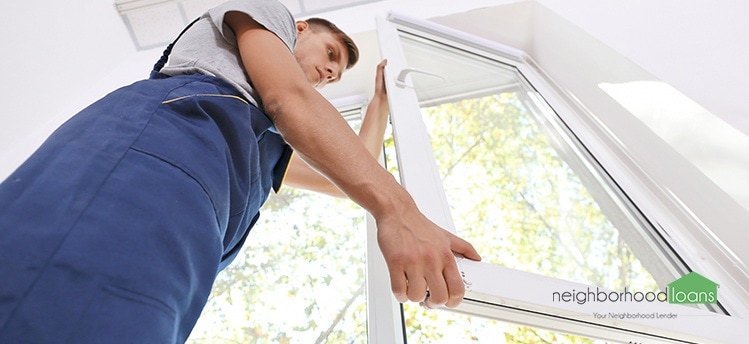
Do not be afraid to be snoopy.
You are in the right to check any quirk or concern you may have.
As for the windows, it may seem weird, by you do not want to pass up on looking through the glass.
When checking the windows, push and tug on them lightly to see if they are stable and functioning properly.
If opening the window requires more than minimal effort, this may indicate foundation issues or poor installation.
And the only way to fix this problem is to take out a big wad of cash.
To avoid spending money on glass that isn’t used for wine, test their ability to open and close.
Mold
Did you know exposure to mold can cause several health implications, such as nasal stuffiness, throat irritation, coughing, eye infections or abnormal skin irritation?
Yeah, not good.
Who would voluntarily put themselves through that?
No one.
That is why when you walk through a home, you need to look for signs of mold.
If you are brave enough, open bathroom and kitchen sink cabinets and check out the pipes and drains.
Look for any unusual spots or marks. If you see small black or grey spots, this can indicate a future and more serious problem.
By closely inspecting the home, you can keep yourself and your family safe from bacterial infections.
Water Damage
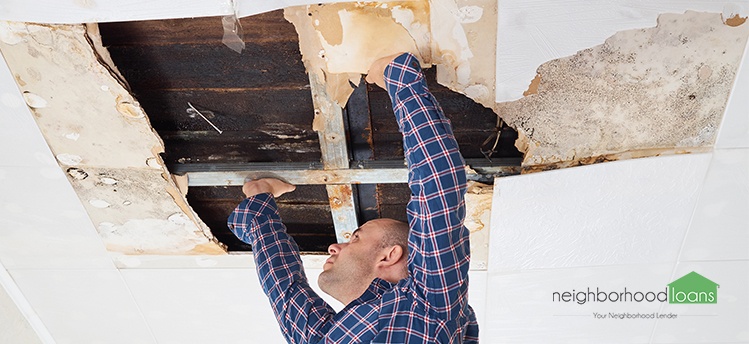
Like mentioned before, a strong and pungent smell can be trying to cover up a musty odor, possibly from water damage.
Be sure to check for all signs of water damage by looking at the floors, walls and ceilings for water lines or marks.
This can indicate previous water related damages, either from a busted pipe or flooding.
Take it a step further and go into the basement or laundry room and look at exposed pipes.
Inspecting if the pipes are in good condition will give you a better idea of how the current homeowners took care of their home.
Check if the pipes have rusting, molding or leaking. This will indicate how well the home was maintained.
Consider analyzing these areas before making an offer on a house that could potentially harm your house.
Specific Enhancements
Ever wonder why one room, or even one wall is remodeled or enhanced?
Why not just the whole room?
This can come across as skeptic because the current homeowners may be trying to hide something.
Fully inspect these rooms and the remodeled parts and look for any signs of damage.
Do not be afraid to be extremely snoopy and look under the rugs to make sure the floors are all intact and not stained.
This also goes for the walls. You do not want to move into a home and then realize there is a giant, gaping hole in the wall where the previous family portrait used to be.
Ventilation
Although ventilation is considered “behind the scenes” work of a home, it is one of the most important jobs.
Proper ventilation provides people clean, filtered air and regulates moisture, which controls the presence of mold and helps people with allergies.
To evaluate the ventilation’s quality, look for condensation on the windows or slightly bubbled or peeling paint around the windows, doors or vents.
These are potential signs that moisture is in the walls and ceiling drywall.
Make sure you purchase a home with high-quality ventilation so you are breathing healthy and clean air.
Lighting
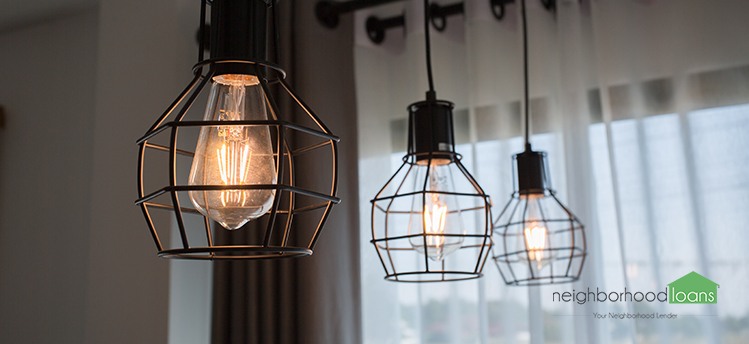
Check out the lights in the home.
Is there too little, or too much light?
Obviously, you want to see where you are going and who you are talking to.
If there is not enough light, consider the expense to install more light fixtures.
In addition to florescent lighting, is there natural lighting?
Letting organic light come through adds a sense of warmth and brings energy into a room.
Natural lighting also gives you a reason to turn off the lights and save some extra cash on your electric bill.
Storage Space
Everyone needs some extra space to store items, such as storage containers, suitcases, or that birthday present for your significant other.
It is important to evaluate this space because random items that do not belong in the open are then summoned to this closet.
Other storage spaces to consider are hallway closets, kitchen cabinets or miscellaneous drawers.
You do not want to forcefully fit objects into crammed areas or cautiously open drawers with anticipation of something falling out.
Think about it, would you like to fit into your 8th grade jeans?
Didn’t think so.
Neighborhood
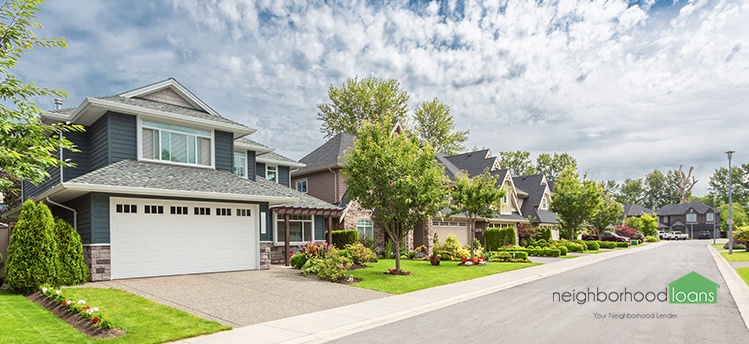
Not only do you buy the home, but you buy the entire neighborhood as well.
After walking through the home, take a walk or drive around the neighborhood to acquaint yourself.
You want to be able to envision yourself fitting in as a local.
Be sure to review your neighborhood online as well.
From community websites, to local reviews and crime statistics, you want to be in a neighborhood that is safe and well maintained.
Also, take not of the speed limit, condition of the neighborhood and proximity to local stores.
The last thing you want to do is get pulled over driving to the nearest Chipotle in your new town.
The ticket issued will definitely cost extra.
Privacy
When peering out the window, can you see directly into the neighbor’s family room or bathroom?
Not that you don’t want to get to know your neighbors, but there is a line to be drawn on when and how.
You do not want snoopy and overbearing neighbors that do not understand the concept of personal space.
Be conscious of how your neighbors could have the potential to burst that bubble.
To be on the safe side, come up with ways to increase your privacy.
For example, consider fencing your yard or adding bushes and hedges on the edge of your property.
This way, you have guaranteed privacy from the outside world.
Home’s Exterior
Take a lap around the house and examine everything from top to bottom.
Look at the roof – do the shingles need to be replaced any time soon?
Look at the exterior paint, stone or brick – is the paint chipping or is the stone or brick deteriorating?
How is the condition of the gutters and sewer system?
Now, look at the landscaping of the home in the front and back yard.
Ask yourself:
Does the grass need major improvements?
Are there any unnecessary branches or shrubs?
Do flowers need to be planted?
Not only do you have to pay attention to the interior of the home, the exterior is just as important.
Flow
The flow or sequence of a home is important to consider.
The pictures online from the listing you scouted out will not show how spacious or accessible the rooms are.
You will need to evaluate the flow between each room.
Ask yourself:
Are the rooms well-laid out?
Is the kitchen easy to navigate through?
Is the family room big enough to accommodate everyone plus guests?
These are crucial questions to ask yourself, so you can utilize as much space as possible.
You do not want to move into a home where you have to dodge, duck, dip, dive and dodge, again.
The flow of your home should be seamless and natural.
Layout
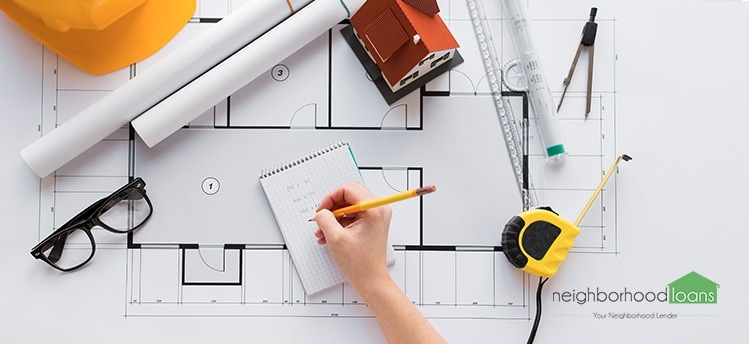
The floor plan of a home goes hand in hand with the flow.
However, the layout needs to fit your personal needs and aspirations.
For example, if you work from home, the home you are looking at should have a nice space for an office.
Or if you have kids, the home should include a spacious playroom for all their toys and games.
Or if if you like to exercise and break a sweat, an area should be dedicated for workout equipment and machines.
A home is a huge investment, so the layout should be able to fill every want and need you have.
The Bottom Line

Although this is a lengthy list, all of these features are completely 100% necessary.
Sure, a home inspector may spot out issues and flaws, but you are the one who has to live in the home.
If the home you explored does not surpass your expectations or does not meet minimum home maintenance standards, it is time to leave.
You do not need to waste time on a home that isn’t for you.
These tips can help shorten your tours, help plan your future and focus on the top things you need to look for when buying a home.

Leave a Reply